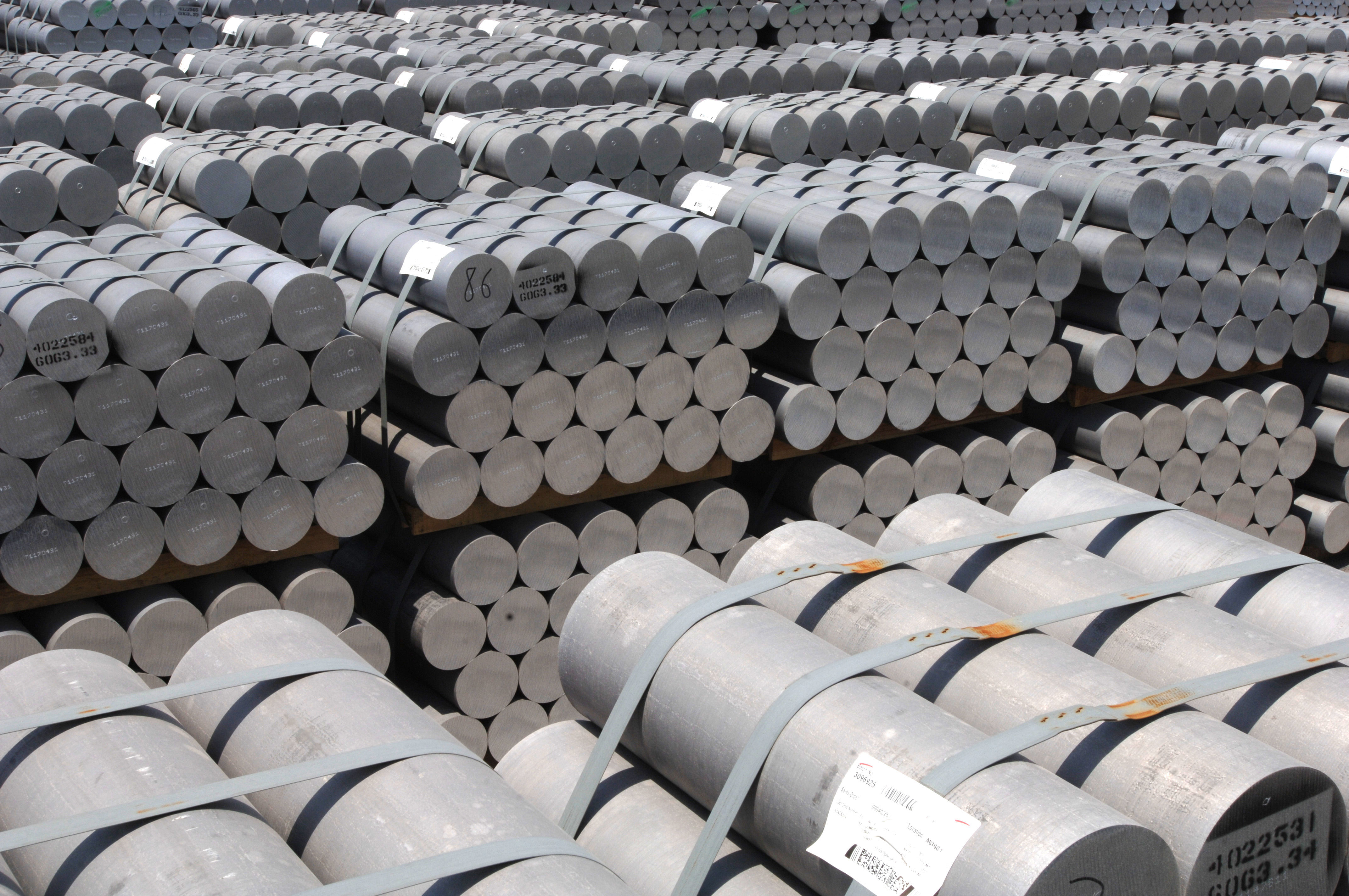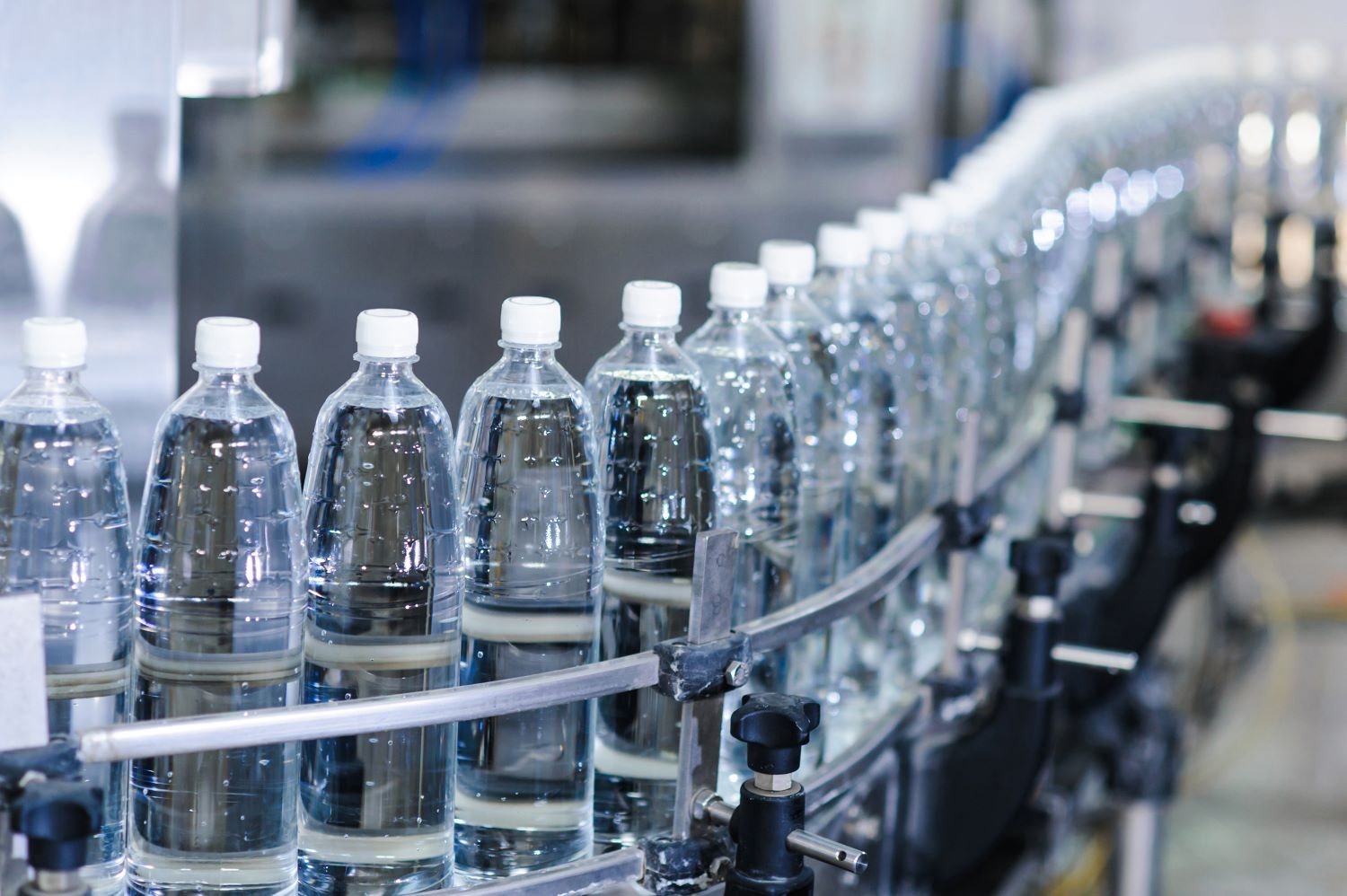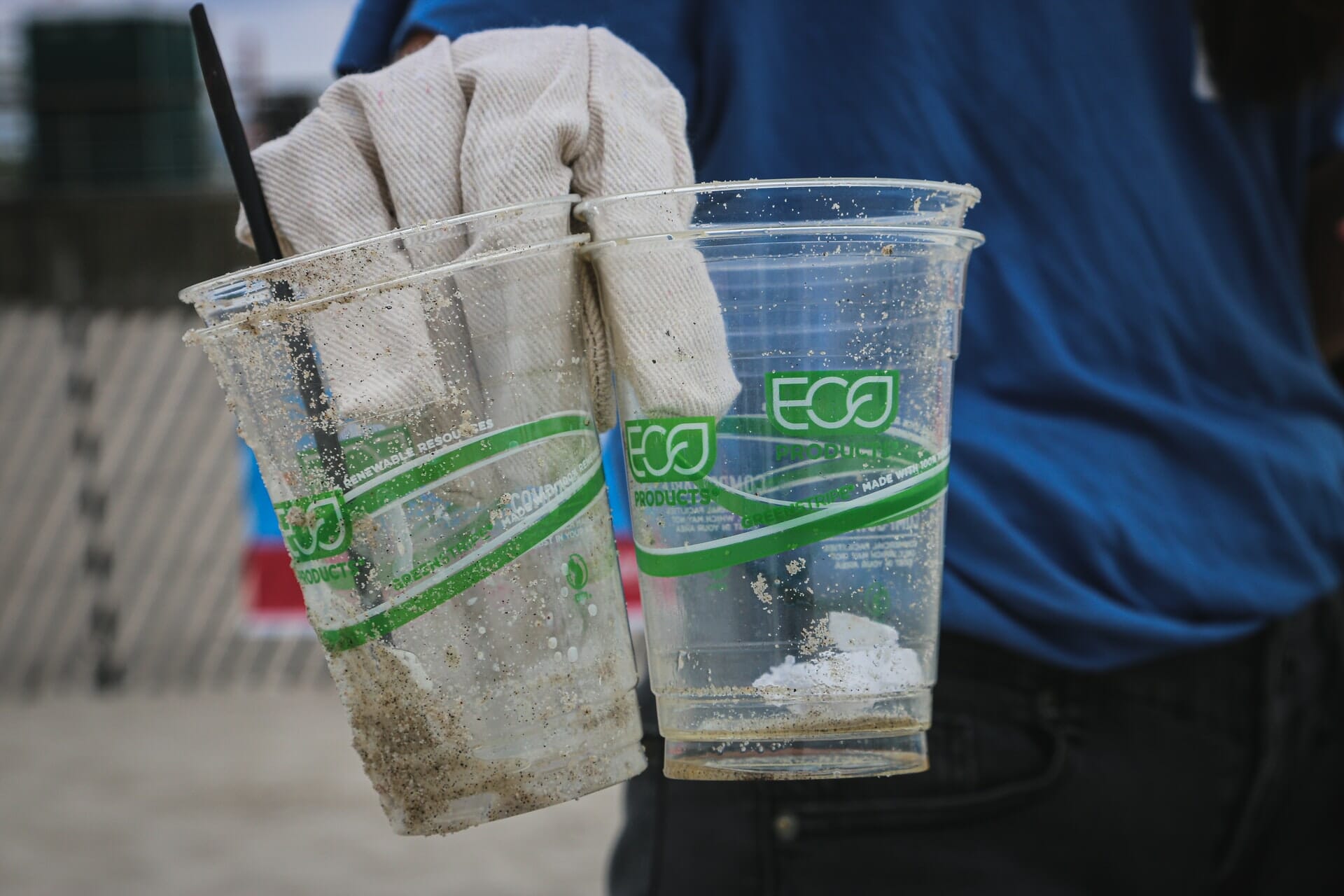Lamborghini, an Italian maker of premium sports cars, wants to produce electric vehicles (EVs) for all of its supercar models by 2028, in line with worldwide efforts to mitigate global warming.
For many years, Automobili Lamborghini has been developing EV technology and innovations to support carbon neutrality and net-zero initiatives, according to Francesco Scardaoni, Automobili Lamborghini’s regional director for Asia-Pacific.
Carbon neutrality refers to efforts to achieve a balance between carbon dioxide emissions and absorption, whilst net-zero refers to the same aim but includes more greenhouse gases besides carbon dioxide.
“The [global] automotive industry aims to develop new technology, particularly EV technology, because electric cars are environmentally friendly and emit no CO2,” Mr Scardaoni explained.
Lamborghini will begin its transition to EVs by introducing cars in the plug-in hybrid EV sector, also known as PHEVs.
The business just debuted the Revuelto, its first PHEV-powered super sports car.
“Thailand is one of our key Southeast Asian markets.” “The new Revuelto ushers in a new era of super sports car evolution, and it also marks a significant milestone for the brand as it celebrates Lamborghini’s 60th anniversary,” added Mr Scardaoni.
Mr Scardaoni stated that Lamborghini intends to launch PHEVs for all of its automobile models for global sale by 2025.
Customers, according to the corporation, will respond positively to electric mobility technologies.
Mr Scardaoni stated that the supercar category has recovered quickly after the pandemic’s end. The Asia-Pacific area has higher automotive demand than other regions.
The United States has the highest number of Lamborghini car sales, followed by China, Japan, South Korea, Taiwan, Australia, and Thailand.
“Thailand’s demand for supercars is relatively high when compared to neighbouring countries.” “Thailand is a high-potential market,” Mr Scardaoni remarked.
Meanwhile, exporters will witness the implementation of the European Union’s (EU) Carbon Border Adjustment Mechanism (CBAM) during a transition period in around two months.
The CBAM, which businesses see as a new non-tariff barrier, aims to address global warming. The United States is also planning a similar technology to help cut carbon dioxide emissions.
Today, we’ll look at how Thai firms will be affected and whether they can avoid incurring this additional cost.
CBAM is a tax on products that emit a high level of CO2 during the production process.
According to the EU, the CBAM transitional phase, which begins on October 1, requires importers of iron and steel, aluminium, cement, fertiliser, power, and hydrogen to disclose greenhouse gas emissions incorporated in their imports without being subject to financial payments or adjustments.
Importers will be required to pay a charge for CBAM certificates beginning January 1, 2026.
According to Warawan Chitaroon, director-general of the Office of Industrial Economics (OIE), the goal of CBAM is to help the EU reduce “carbon leakage” and promote fair competition among industries with varying levels of carbon dioxide emissions.
Carbon leakage happens when enterprises established in the EU relocate carbon-intensive production to countries with less stringent climate policies, or when EU products are replaced by more carbon-intensive imports.
CBAM will hurt Thai steel and aluminum industries if they do not change their production techniques, according to Mrs Warawan.
According to the OIE, Thai steel exports to the EU totaled US$201 million last year, accounting for 0.7% of total exports to the 27-country bloc.
Thai aluminium exports totaled $111 million, accounting for 0.4% of total export value.
The EU’s CBAM, according to Nava Chantanasurakon, head of the Federation of Thai Industries’ (FTI) Iron and Steel Industry Club, will surely damage exports, particularly manufacturing industries that use fossil fuel-based energy, such as cement and steel.
He stated that these sectors are accelerating research into alternative energy sources, despite the fact that green energy investment is capital-intensive.
The FTI has previously requested financial assistance from the government in order to alleviate the financial load on the private sector.
The US Senate introduced the bill in September of last year. Mrs Warawan believes it will have a comparable impact to CBAM because it covers a wide spectrum of businesses.
The Clean Competition Act aims to address sources of carbon dioxide emissions while also making US businesses more competitive in the global market.
According to the Kasikorn Research Centre (KResearch), industries targeted by the law include petroleum production and refining, petrochemicals, fertiliser, hydrogen, adipic acid, cement, iron and steel, glass, pulp and paper, and ethanol.
Plastics, which are petrochemical products, will suffer.
According to Mrs Warawan, Thailand exported $1.2 million in plastic products to the United States last year, accounting for 2.1% of overall goods shipments.
According to KResearch, firms in these industries in the United States will be forced to pay a tax if the carbon intensity in their production processes exceeds the industry’s applicable carbon intensity baseline by 2024.
Imported goods in these industries will be subject to the same carbon tax rates as items created in the US beginning in 2026.
Thailand can avoid the effects of CBAM and the Clean Competition Act by aligning its manufacturing sector with the bio, circular, and green (BCG) economic growth strategy.
BCG, declared a national agenda item by the Prayut Chan-o-cha government, pushes firms to embrace technologies that can add value to their products while minimising environmental effect.
According to Kriengkrai Thiennukul, chairman of the FTI, if factory owners truly change their manufacturing and make it more eco-friendly, they may be able to avoid such new trade obstacles as CBAM.
In fact, he believes that non-tariff restrictions could be turned into new commercial opportunities if the country encourages more renewable energy development and BCG.
BCG, according to Mr Kriengkrai, will be a game changer for firms in the coming decade.
Many projects in the country have similar goals to BCG, but manufacturers tend to produce low-priced, commodity-grade products for export, he said. Mr Kriengkrai believes that with the state’s drive for BCG, there will be more value-added products in a variety of areas, including biodegradable plastic and biofertilizers.
According to him, the biodegradable plastic industry has the potential to expand as global businesses seek new manufacturing sites in Thailand.
Kirana Limpaphayom, chief executive of SET-listed Banpu Power, agreed with Mr Kriengkrai that the push to reduce greenhouse gas emissions might open up new economic prospects in Thailand.
He mentioned several enterprises relating to renewable energy development and better energy management.
They include technology-based companies that encourage homes and businesses to generate and consume electricity.
Mr Kirana believes that carbon credit trading might be a new source of money.
Carbon credits are the amount of CO2 emissions reduced by environmental programmes such as clean energy development. The quantity can be sold to other businesses to offset the carbon dioxide they emit into the atmosphere.
Siam Cement Group (SCG), Thailand’s largest cement manufacturer and industrial conglomerate, is mindful of the need for greater environmental stewardship and intends to achieve carbon neutrality by 2050, a balance between carbon dioxide emissions and absorption.
SCG president and CEO Roongrote Rangsiyopash previously stated that the business would focus not just on environmentally friendly petrochemical goods, but also on other green products in the packaging, cement, and building material industries.
Lamborghini Aventador Successor Could Look Like This








